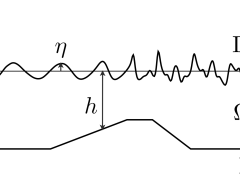Authors: Zhanzhong Gu, Xiangjian He, Gengfa Fang, Chengpei Xu, Feng Xia, Wenjing Jia
Published on: May 03, 2024
Impact Score: 7.8
Arxiv code: Arxiv:2405.01882
Summary
- What is new: Introducing a movable robot-mounted mmWave radar system with advanced light-PointNet and lightweight LSTM models for real-time and robust human activity recognition.
- Why this is important: Challenges in non-invasive healthcare monitoring include handling sparse point clouds, achieving continuous classification in real time, and limited range in static setups.
- What the research proposes: RobHAR employs a movable mmWave radar mounted on a robot, utilizing lightweight deep neural networks, a novel point cloud embedding method, and a combination of BiLiLSTM and HMM with CTC for dynamic and accurate monitoring.
- Results: Significantly improved performance in both discrete and continuous human activity recognition tasks over prior studies, demonstrated through testing on three datasets and real-world deployment.
Technical Details
Technological frameworks used: light-PointNet (LPN) backbone, bidirectional lightweight LSTM (BiLiLSTM), Hidden Markov Model (HMM), Connectionist Temporal Classification (CTC)
Models used: Sparse point cloud-based global embedding, temporal pattern learning with BiLiLSTM, transition optimization with HMM and CTC
Data used: Three diverse datasets for testing and validation
Potential Impact
Healthcare monitoring solutions, elderly care providers, smart home systems, and robotics companies could be significantly impacted or could leverage the insights from this research.
Want to implement this idea in a business?
We have generated a startup concept here: RoboCare.




Leave a Reply